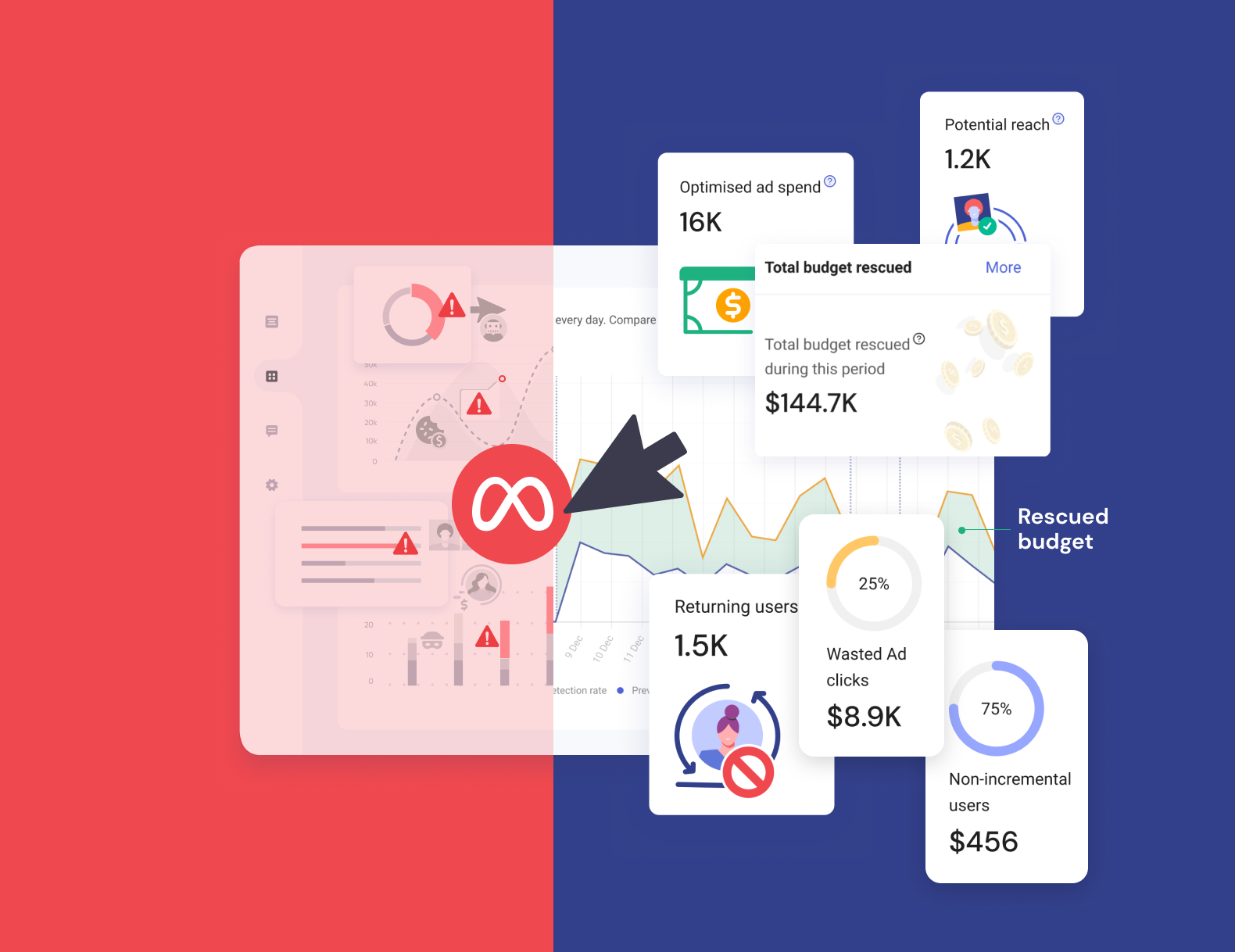Six tips for a killer mobile app marketing strategy

Six tips for a killer mobile app marketing strategy.
Apple and Android’s stores alone offer over 5 million apps available to download; that’s a lot of competition, and poses a tricky task for apps just getting started or those looking to rapidly scale their user acquisition efforts.
Keep these six tips in mind when you’re planning your next mobile app ad campaign to help stand out from the crown and drive your UA metrics.
1. Encourage or incentivise reviews and testimonials
Did you know it takes 40 positive reviews to undo the damage of just one negative review? It’s widely known that reviews are one of the most important forms of social proofing there is, so encouraging users to leave feedback for your app can be a great way to encourage more downloads.
When a potential user finds your app, they’ll want other people’s opinion on whether your offering is reliable, valuable, works well, and is worth their time. What’s more, positive user feedback helps to raise the ranking of your app within app stores, making users more likely to see and download your app—double whammy!
You can encourage user reviews through in-app messages or an email sequence after they’ve had a positive experience within the app, like making a purchase or completing a level.
2. Leverage in-app tracking
The secret to landing new customers can sometimes lie in the actions of your current ones. Use data around how your current customers interact with your app to help you improve your product and inform marketing tactics—thus increasing downloads and meaningful engagements.
In-app tracking helps you understand your users’ behaviour and preferences. Does it take them an annoyingly long time to log in? Do they uninstall at a certain sticking point? Are they making more purchases at a certain time?
It’s worth exploring the in-app tracking tools out there, many have features like custom tagging and behaviour tracking so you can gain valuable information to put towards UI/UX efforts and marketing optimisations.
3. Create a demo video
Whether it’s on your socials, website, or app storefront—a well made explainer video is never not a good idea. Make it super easy for prospective customers to learn the key aspects of your app and download it with confidence, as they’re already familiar with its interface and have seen it in action.
Create a simple 30-60 second video that maps out what your app does, how you use it, and why users should rush to download it. Highlight key features and cool extras, and maybe talk about any in-app purchases you can make too.
4. Up your app store optimisation efforts
You’re no doubt an expert at SEO, but how’s your ASO game? App store optimisation techniques are implemented to increase the visibility of your app within the marketplace. Here’s a few things you can do to improve your ASO.
- Know your keywords: Just like on your website, your storefront’s keywords are super important. Make sure you’re using relevant keywords in your app’s title and description.
- Location, location, location: Know where your target audience is located and tailor the description for that region. This could mean using culturally appropriate imagery on your storefront and ensuring the description is available in the appropriate languages.
- Get the right category: You’ll have to choose a category your app will sit in when you submit it to the app store. Like choosing your keywords, make sure you select one which is relevant but not overly saturated.
5. Measure with attribution tools and analytics…
It’s useful to know which channels your ad clicks are coming from so you can best decide where to assign more, or less, of your budget. Measuring and attributing downloads is a great way to learn more about the channels you’re advertising on so you can make necessary adjustments. Check out MMPs (that’s a mobile measurement partner) like Adjust or AppsFlyer to do this.
6. …But make sure you’re monitoring your MMP
While MMPs are essential tools to track your ad campaigns, trusting their attribution data alone leaves you extremely vulnerable to ad fraud and invalid traffic (IVT). This is because conventional MMP fraud tools only operate at or after the app install attribution, not at the impression or click level, potentially rendering attribution data distorted.
You need to monitor your MMP with a dedicated IVT detection solution to ensure their attribution data is correct and you’re not funding channels who are failing to deliver quality downloads. If you do this, you can rest assured that your ad campaigns are reaching those with genuine interest, and any downloads are much more likely to occur in valuable in-app actions.
Lucky for you, we know a great ad fraud solution that’s perfect for apps looking to drive their user acquisition efforts (it’s us, by the way). For more information about our app solution, check out the product page here. Or, if you’re already convinced, you can get discounted protection for your app for a limited time, which you can access here.
Get started - it's free
You can set up a TrafficGuard account in minutes, so we’ll be protecting your campaigns before you can say ‘sky-high ROI’.
Subscribe
Subscribe now to get all the latest news and insights on digital advertising, machine learning and ad fraud.








